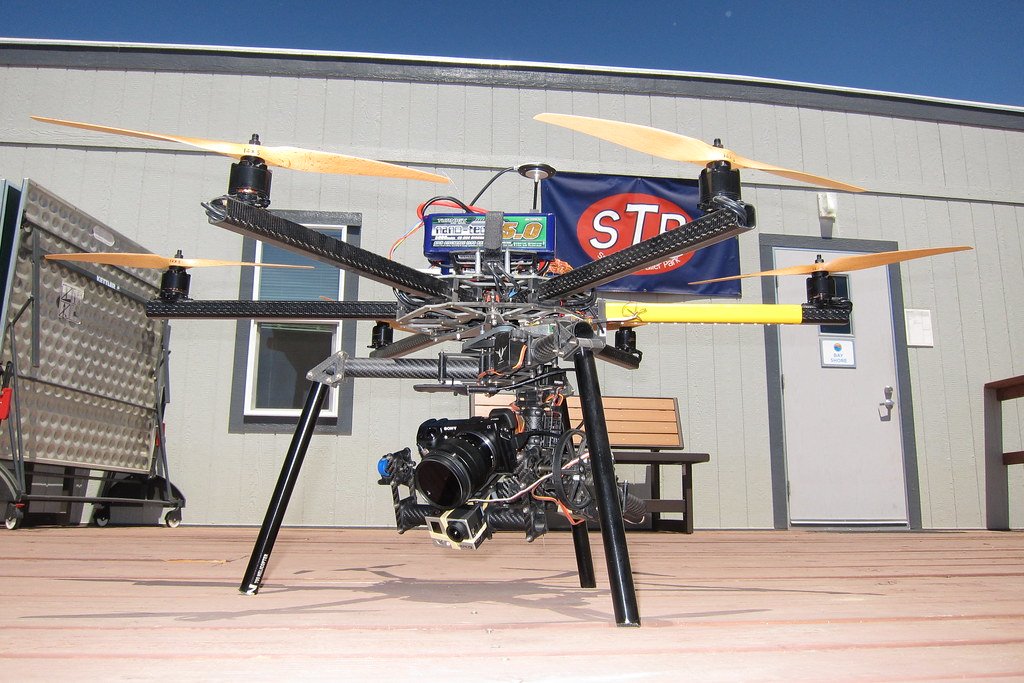In the intricate tapestry of nature, spiders have often been cast as solitary creatures, weaving their webs in silence. But defying this stereotype are the social spiders, remarkable arachnids that live and hunt in communal webs. These fascinating creatures form sprawling colonies, some stretching as wide as a car, challenging our conventional understanding of spider behavior. Their collective lifestyle is not just a spectacle of nature but a testament to evolution’s creativity, offering insights into cooperation, survival, and adaptation in the animal kingdom.
Understanding the World of Social Spiders

Unlike their solitary cousins, social spiders live in groups that can range from a few individuals to thousands. Their colonies are often intricate webs that serve as both home and hunting grounds. This communal living is a rare trait among spiders, as traditionally, they are known for their independent lifestyles. Social spiders are found in various parts of the world, with a significant presence in tropical and subtropical regions. Their colonies are a marvel of natural engineering, demonstrating the power of collaboration in the animal world.
The Science Behind Spider Societies

The existence of social spiders raises intriguing questions about the evolution of social behaviors. Scientists believe these spiders evolved from solitary ancestors, with sociality providing a survival advantage in certain environments. Living in groups helps them tackle larger prey, increases their chances of survival, and allows for more efficient care of offspring. This social structure is a fascinating example of convergent evolution, where different species develop similar traits independently, driven by similar environmental challenges.
The Anatomy of a Spider Colony
A spider colony is a bustling hub of activity, with each member playing a specific role. The web itself is an architectural wonder, often spanning vast areas and constructed with precision. The colony is organized into different sections, with areas designated for hunting, nesting, and rearing young spiders. This division of labor is crucial for the colony’s success, ensuring that each spider contributes to the community’s well-being. The web’s design also maximizes prey capture, demonstrating the efficiency of collective hunting strategies.
Cooperative Hunting: A Spider’s Strategy

One of the most intriguing aspects of social spiders is their ability to hunt in packs. This cooperative hunting allows them to subdue prey much larger than themselves, a feat impossible for solitary spiders. When prey is caught in the web, the spiders work together to immobilize it, using their collective strength to overcome the struggling victim. This strategy not only increases their food supply but also minimizes the risk of injury, showcasing the benefits of social living in the animal kingdom.
The Role of Communication in Spider Colonies
Communication is vital in any social structure, and spider colonies are no exception. While they may not vocalize like birds or mammals, they use vibrations and tactile signals to coordinate their activities. The web serves as a communication network, transmitting vibrations that alert the spiders to prey or potential threats. This form of communication is crucial for maintaining order within the colony and ensuring the success of their cooperative efforts.
Reproduction and Care in Spider Societies

In social spider colonies, reproduction and care for the young are communal efforts. Females often lay their eggs in communal nests, where they are protected by the entire colony. This cooperative breeding reduces the burden on individual mothers, allowing them to focus on hunting and maintaining the web. The young spiders benefit from the collective protection and resources provided by the colony, increasing their chances of survival in the wild.
Challenges Facing Social Spider Colonies

Despite their cooperative lifestyle, social spider colonies face numerous challenges. Predators, environmental changes, and competition for resources can threaten their survival. Additionally, living in large groups can lead to the spread of diseases, posing a significant risk to the colony’s health. These challenges require constant adaptation and resilience, illustrating the dynamic nature of social living in the animal kingdom.
The Ecological Impact of Social Spiders

Social spiders play a crucial role in maintaining ecological balance. Their colonies can control insect populations, acting as natural pest regulators in their habitats. By preying on a variety of insects, they help prevent overpopulation and contribute to the health of their ecosystems. This ecological role highlights the importance of preserving their habitats and understanding their contributions to biodiversity.
The Fascination with Social Spiders

Social spiders captivate scientists and nature enthusiasts alike, offering a glimpse into the complexities of animal societies. Their unique behaviors challenge our perceptions of spiders and highlight the diversity of life on Earth. Studying these arachnids provides valuable insights into the evolution of social behaviors and the intricate web of interactions that define the natural world. As we continue to explore their mysteries, social spiders remind us of the wonders of nature and the endless possibilities of life’s adaptations.




